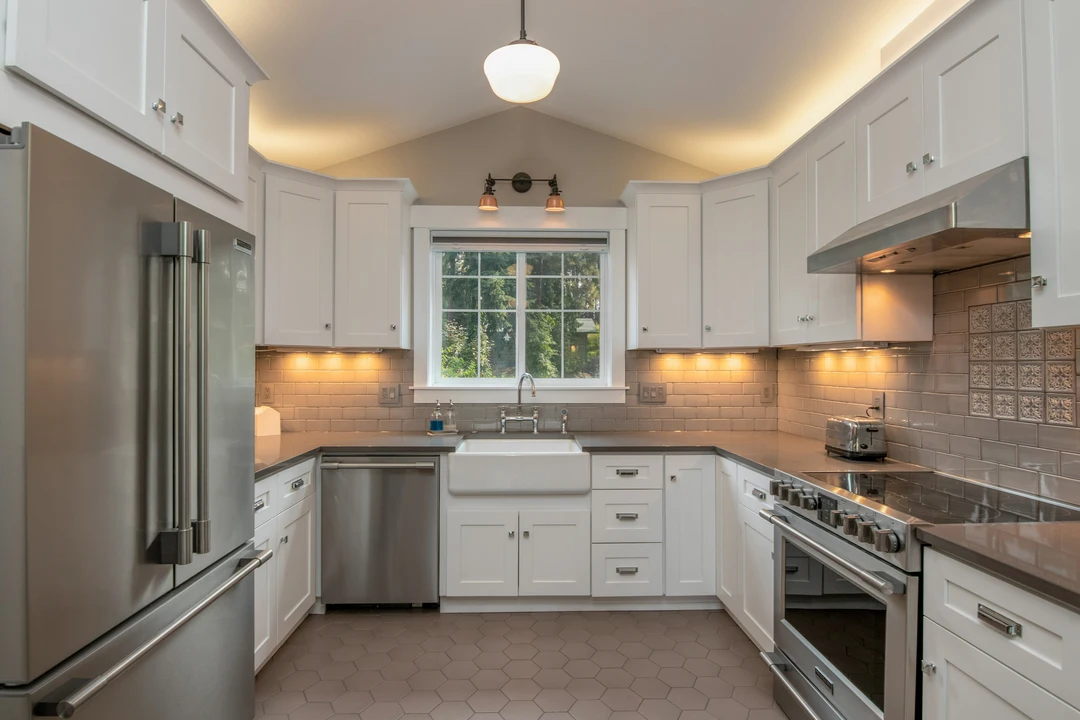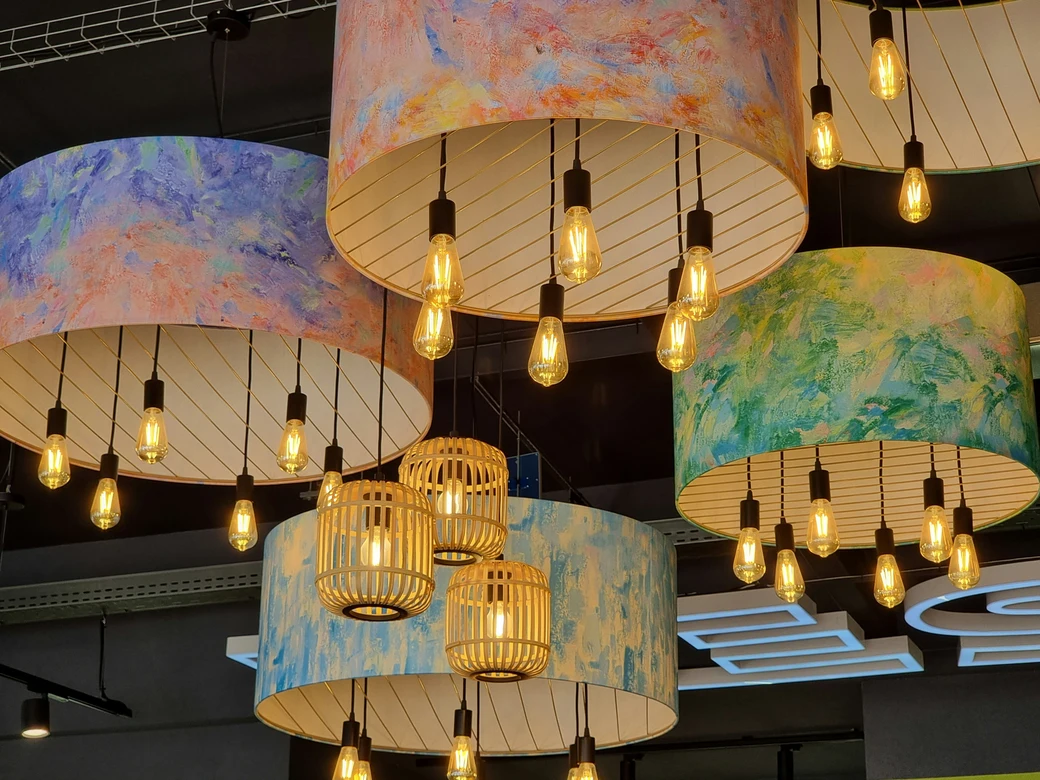Storage isn’t just about keeping your home organized. The way you choose between open shelves and closed cabinets can subtly influence how you feel every day. This is where storage psychology comes in — the idea that visible or hidden storage solutions affect stress, focus, comfort, and even creativity.
When you walk into a room, your eyes instantly scan the surfaces and structures around you. An open shelf displaying books, plants, or personal items can feel inspiring and vibrant. A closed cabinet, on the other hand, creates a sense of calm, tidiness, and order. Neither is “better,” but each affects your mood differently. Understanding storage psychology can help you design spaces that balance both clarity and character.

Understanding Storage Psychology
Storage psychology is based on the principle that clutter, visibility, and order directly influence mental well-being. Open storage emphasizes accessibility and self-expression, while closed storage prioritizes cleanliness and visual calm. The choice between the two reflects not just your design preferences but also your lifestyle and personality.
An extroverted person may thrive with open shelving filled with books, artwork, or collectibles because it sparks energy and creativity. Someone who craves calm and simplicity may prefer closed cabinets that keep belongings hidden, reducing visual noise.
The Case for Open Storage
Open shelving is often celebrated for its ability to make a space feel more dynamic and personal. When you see your belongings daily, you’re reminded of hobbies, memories, and goals. A kitchen with open shelves displaying neatly stacked bowls and glassware feels more inviting than stark cabinets. A living room with open bookshelves communicates warmth and intelligence.
However, open storage requires consistency and discipline. When not styled properly, it can quickly feel messy or overwhelming. This is the delicate side of storage psychology — visible clutter is proven to increase stress levels, so open shelves work best when curated with care.
The Comfort of Closed Storage
Closed cabinets create visual silence. They hide imperfections, mismatched items, and the everyday mess that comes with living. In storage psychology, this translates into a calming effect on the brain. By concealing clutter, closed storage frees your mind from constant micro-distractions.
Bedrooms, for example, benefit greatly from closed storage. A clean wardrobe or bedside cabinet signals order and tranquility, making it easier to relax. Even in home offices, closed storage helps you focus, since you’re not reminded of unfinished tasks or scattered supplies.

Blending Open and Closed Storage for Balance
The most effective design often involves combining both approaches. Storage psychology suggests that striking a balance between visible and hidden storage supports both productivity and relaxation.
For example:
- In a living room, use closed cabinets for electronics and everyday items, while keeping open shelves for décor and books.
- In the kitchen, combine closed cupboards for pantry items with open shelving for frequently used dishes.
- In a bedroom, a mix of hidden wardrobes and open hooks or small shelves can provide both order and personality.
This hybrid approach ensures that your home feels organized without losing the sense of individuality that open displays provide.
How Storage Affects Stress and Productivity
The way storage is structured impacts how your brain processes space. Open shelving can increase stimulation and creativity, but too much of it may become overwhelming. Closed cabinets reduce stress but, when overused, can make a room feel sterile and impersonal.
In storage psychology, the key is intentional design. Every open shelf should have a purpose, and every closed cabinet should reduce cognitive load. When done well, your storage choices create an environment that supports your daily routines and mental health.

Storage Psychology in Different Rooms
Living Room: Balance display shelves for décor with closed units for electronics. This creates an environment that is both inviting and clutter-free.
Bedroom: Prioritize closed wardrobes and cabinets to reduce visual chaos. Add one or two open shelves for personal touches that make the space feel more intimate.
Kitchen: Mix open shelving for frequently used items with cabinets to hide less aesthetic essentials. This makes the space functional while maintaining calm.
Home Office: Lean more on closed storage to maintain focus, but keep one open shelf for inspiration — books, art, or motivational objects.
The Future of Storage Design
As minimalism and wellness-centered design grow in popularity, storage psychology is gaining attention. Designers are moving toward flexible storage solutions that can adapt — cabinets with sections that open or close, shelves with sliding panels, and furniture that doubles as hidden storage. The trend suggests that the future of design won’t favor one over the other but will integrate both, allowing people to adjust based on mood and lifestyle.
Frequently Asked Questions (FAQs)
1. What is storage psychology?
Storage psychology is the study of how open vs. closed storage solutions, like shelves and cabinets, impact mood, stress, and productivity in the home.
2. Why do open shelves feel energizing?
Open shelves display personal items, books, or décor that reflect identity. This visibility stimulates creativity and makes a space feel more dynamic.
3. Why do closed cabinets feel calming?
Closed cabinets hide clutter and mismatched items. This reduces visual distractions and creates a cleaner, calmer environment that supports relaxation.
4. Can open storage increase stress?
Yes, if it becomes cluttered or overcrowded. Too much visible storage overwhelms the brain with stimuli, leading to higher stress levels.
5. How do I balance open and closed storage?
Use open shelving for items you want to showcase or use daily, and closed storage for things that create mess or visual noise. This balance reduces stress while keeping your space personal.
6. Which storage type is better for bedrooms?
Closed storage is best for bedrooms because it reduces visual clutter and promotes calm. Adding a few open shelves for personal touches can add comfort.
7. Is storage psychology relevant in small apartments?
Yes, even more so. Small spaces benefit from closed storage to prevent clutter, but strategic open shelves can prevent the space from feeling cramped.
8. Can storage design affect productivity in home offices?
Absolutely. Closed cabinets keep your workspace distraction-free, while open shelving can display inspiration. The balance ensures focus without sterility.
9. How does culture influence storage preferences?
In some cultures, open storage reflects hospitality and accessibility, while others value discretion and order, favoring closed designs. Storage psychology adapts based on cultural values.
10. Is one type of storage better than the other?
Neither is universally better. Open storage emphasizes personality and energy, while closed storage emphasizes calm and order. The best choice depends on your lifestyle and emotional needs.
Want More Blogs Like These?
Check out more Living Spaces articles on Designs24hr for insights on how furniture psychology, room layouts, and interior choices can shape comfort, safety, and mood.







